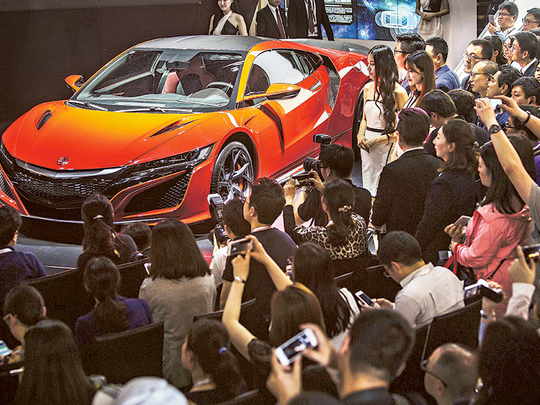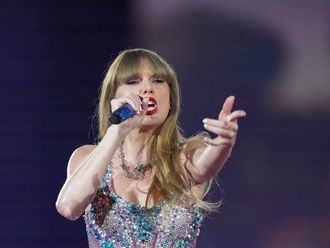
Beijing: Even in a country with a billion-plus people, there are only so many cars that can be sold.
China, the world’s largest automotive market, is starting to feel a serious case of a capacity overdose.
The annual installed vehicle production capacity is estimated at 35 million-plus and some manufacturer or the other keeps adding more.
It was all fine with the market growing in the high double-digits, but those days of turbocharged increases are now seen only in the rear-view mirror.
“That’s why Chinese manufacturers have to seek out new markets abroad and thus put our capacity utilisation to better use,” a senior executive overseeing international operations at Haval, the subsidiary of Great Wall Motors Co said.
“Sales in China have been very slow and this year so far, it’s been the same. At the same time, the Chinese automotive industry has entered a more mature and are competitive phase. There is no option but to look outside.
“Year by year, it’s getting hard to say we’ll only sell in China. The world is such a small place … especially for the auto industry.
“If you cannot survive selling in the world, you cannot survive at home either. That’s the new dynamic of the auto world.”
Adding to the capacities are those being built by global carmakers and their joint ventures in the country.
Just about every other brand has a production base, the few exceptions being the Italian super brands such as Ferrari or a Maserati and the British marques Rolls-Royce and Bentley.
The Chinese government has been behind the push by domestic manufacturers to shed their China-only focus. Overseas markets in the Asia-Pacific, Russia and some in the Middle East, with Iran as the top pick, are where these branded are headed to.
But expectations are only one side of the story.
If Chinese brands are to build a presence only using pricing as their entry card, it may not prove a viable long-term strategy. According to the Haval official, it’s entry into the UAE now is not just selling competitively priced SUVs — from Dh60,000-Dh120,000 — but to have models kitted up with the latest technology.
“These days there are only global cars,” said an official at another Chinese maker, speaking at the Beijing Auto Show venue.
“Take Jaguar — does it belong to the UK because it’s a British brand? Or to India since it’s owned by Tata Group? Or should it even be a Chinese brand since it has a production base in this country?
“Also, the vendors supplying automakers are coming from everywhere in the world. The geographies don’t matter any more.”
At the Beijing Auto Show, the razzmatazz looks a bit muted. The manufacturers are all here, but the many investigations in the US, the EU and Japan some of them are facing over emission disclosures seems to have come across as a party pooper. Diesel engines, in particular, are the root of the stink.
That the industry might have to shell out more as fines or to rectify the problems for these violations is hurting sentiments, and what this could mean for manufacturer bottom-lines. The Volkswagen Group is staring at a $18 billion (Dh66 billion) payout to settle claims in the US. But it may not be the only one.
And what of the situation in China? “The emission norms are near or close to par with those in the EU, but those on carbon dioxide norms can be a problem for manufacturers to meet immediately,” said a manufacturer representative.












